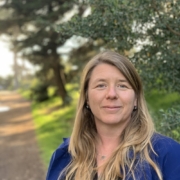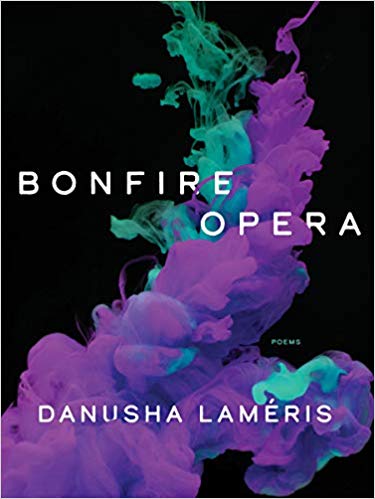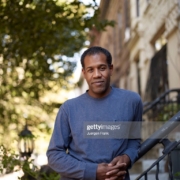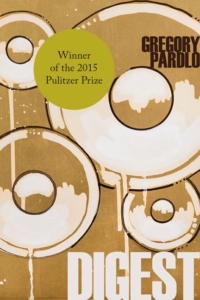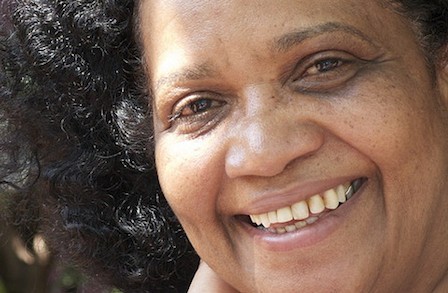Amanda Moore, Requeening
REQUEENING, Amanda Moore. Ecco, HarperCollins Publishers, 195 Broadway, New York, NY 10007, 2021, 95 pages. $16.99, paper. https://www.harpercollins.com.
I feel as though I’ve just read an entire life, a fat biography of a life, and there’s no real possibility that I can absorb it. And yet. Amanda Moore’s beekeeping metaphor suggests I be patient and sit with it, wait for the honey to drip down.
The 2020 winner of The National Poetry Series, selected by Ocean Vuong, Requeening explores a range of women’s roles. 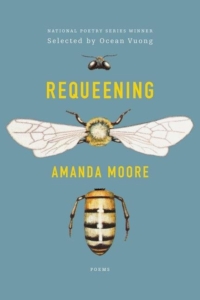 Beekeeping with its queen is the metaphor binding the book together as the poems chronicle motherhood, the eventual disrupting flight of a daughter, the death of a parent. Teaching The Odyssey to high-schoolers. Cancer. Death. All housekeeping, finally. Always disequilibrium.
Beekeeping with its queen is the metaphor binding the book together as the poems chronicle motherhood, the eventual disrupting flight of a daughter, the death of a parent. Teaching The Odyssey to high-schoolers. Cancer. Death. All housekeeping, finally. Always disequilibrium.
These are beautiful, alarming, observant and evocative poems: “a gyre of pleasure and labor within… / crumb of flower, spittle and weight, // apple tree, blueberry, / what they need but don’t want…” (from “The Worker”).
One of Moore’s achievements is the range of forms—some poems conventionally march down the left-hand margin; others are sprung across the page; and there are the haibun poems with their combination of prose paragraphs and haiku (“Backyard birds skim / juniper, blossoms, the feeder; / never alight”). It’s the sort of book you want to pick up in a bookstore and thumb through, just to experience its choreography. And then tuck it under your arm and carry it home so you can take it all in.
Here’s one poem from late in the book, after a mother’s death:
Everything Is a Sign Today
Feather in the grass, stippled and striped:
hawk, I think. And then a man
blocking the sidewalk, child on his back,
both of them pointing binoculars toward the treetop
where I know a great horned owl nests, though I’ve never seen it.
All these birds: creatures I might never have known
had I not spent my childhood filling her feeders, naming
each genus from our perch at her kitchen table.
A falcon swoops down beside me on the path
gripping some rodent in its talons, twisting the body to kill.
Like the time a heron a few feet from our picnic blanket
plucked a whole mouse from its burrow and swept away. She had been
delighted, said we, too, should grab something special
of our own that day. Turning toward home,
I bend to collect a wrinkled postcard at the curb:
an advertisement for the Monet exhibit. How I loved
those paintings when I was younger, all of them nearly the same:
haystack, haystack, haystack. The only difference
the season and time of day, which is to say
they are like this grief these months later:
all the same but for the light.—Amanda Moore
You can read more at https://amandapmoore.com/requeening.

